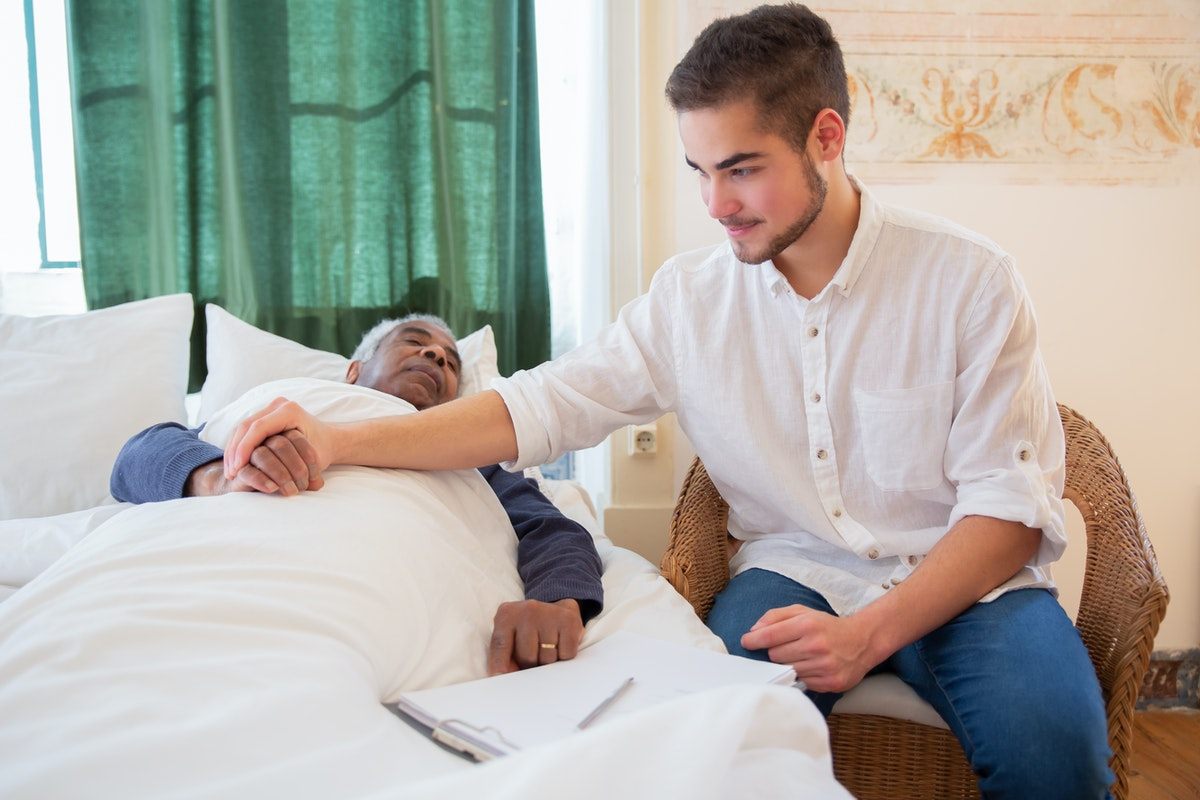Most seniors have some health risks upon discharge from a hospital. It’s just an inevitable part of leaving a constant-care setting and returning home or to a rehabilitation facility. However, some senior patients have more health risks than others.

What Is a High-Risk Senior Discharge?
When a senior with complex medical needs or an elevated risk of rehospitalization leaves a constant care setting, it’s usually considered a high-risk discharge. High-risk patients are often discharged to senior rehab facilities where they can get additional help with their early recoveries following surgeries, injuries, or serious illnesses.
Recognizing the Warning Signs
While discharge coordinators are usually well aware of the health status of their patients, it’s also important for family members to be able to recognize the signs that a loved one is a high-risk discharge. Knowing that a senior could be at an elevated risk of rehospitalization or developing additional health and safety concerns can influence decisions about whether to seek rehabilitative care or to come up with a plan for providing for the patient’s needs at home.
There are two issues that can significantly elevate a senior patient’s risk upon discharge: the presence of multiple chronic diseases and the performance of medical procedures that create a high risk for readmission within the following month. Family members should also keep an eye out for other warning signs that a senior may be at high risk following a hospital discharge, which can include:
-
Lack of family support
- Difficulty understanding discharge instructions
- Lack of transportation
- Inability to effectively manage medications
- Lack of transitional care
- Poor cognitive status
- Mobility impairments
- Low activity levels
- Poor functional status
Seniors who struggle with one or more of these potentially complicating issues may need some extra care after they are discharged from the hospital. The safest way to get these patients the care they need is to have them admitted to an inpatient rehabilitation facility, though seniors with strong family support systems may also be able to get skilled nursing and rehabilitative care at home.
The Process for Safe Discharge
Once a senior’s care team has identified the presence of one or more risk factors, it’s time to come up with a safe discharge plan. Social workers and case managers are usually available to discuss care options upon discharge and explain insurance coverage, but don’t wait until the last minute to find a solution.
The best way to reduce health and safety risks is to look into senior care services. Inpatient senior rehabilitation facilities are equipped and staffed to handle patients with complex needs. They can provide physical, occupational, and speech therapy in addition to skilled nursing care, all of which can help to improve the patient’s chances of making a full, fast recovery. Once it’s safe for the patient to return home, he or she will be discharged from the rehabilitation facility.
In some cases, patients who are discharged from inpatient rehab still need some extra help. Family caregivers may be able to provide assistance with personal care, and rehab facilities rarely discharge patients who have ongoing skilled nursing needs. The patient should be able to continue to receive physical and occupational therapy on an outpatient basis.
The Bottom Line
Hospital discharges that involve seniors who are more likely to require rehospitalization or experience medical complications are considered at risk for a reason. It takes some extra planning to ensure that the patient will experience optimal health outcomes. The best way to protect seniors who need extra care is to have them admitted to an inpatient rehabilitation clinic.



Leave a Reply